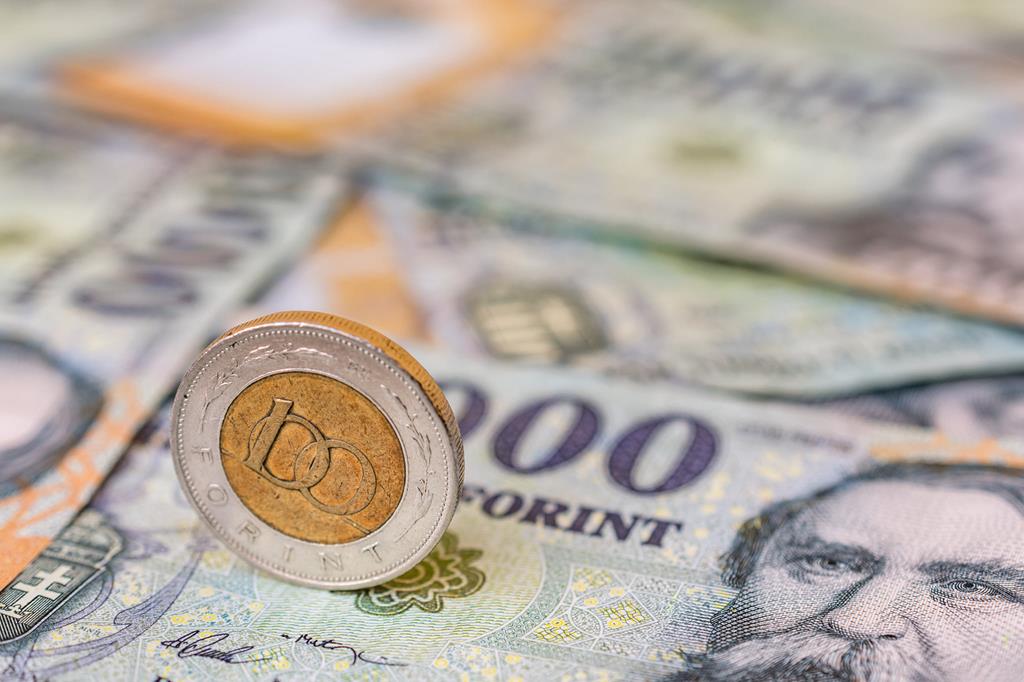Unbelievable: Hungary experienced the highest inflation in history

On 1 August 1946, Hungary introduced the forint as its official currency. The change was necessitated by one of the most severe economic crises in history: the hyperinflation of the pengő.
During the final years of World War II and the immediate aftermath, Hungary experienced an extraordinary economic collapse. The national currency at the time, the pengő, underwent the most severe devaluation ever recorded.
The hyperinflation of the pengő…

This period of hyperinflation was so extreme that there was a point when prices doubled approximately every 15 hours, Index writes. The currency’s value plummeted so quickly that the government and printing presses struggled to keep up with the demand for increasingly larger denominations.
In June 1946, just before the introduction of the forint, the price of a kilogram of bread had skyrocketed to 5.85 billion pengő.
This rapid and relentless inflation rendered the pengő almost worthless, making everyday transactions extremely difficult and confusing for the population. People were forced to carry enormous amounts of money for basic purchases, and the introduction of new currency denominations like “millpengő” (one million pengő) and “billpengő” (one trillion pengő) added to the chaos.
…and the introduction of the forint

To address this crisis, the Hungarian government implemented a stabilisation plan by the summer of 1946. This plan aimed to restore the national income to about half of its pre-war level, ensuring it could adequately meet the basic needs of the population. With a more stable economic foundation in place, the government decided it was time to introduce a new currency to replace the pengő and stabilise the economy.
On 1 August 1946, the forint was introduced as Hungary’s official currency. Initially pegged to the value of gold, the forint was designed to provide a stable and reliable medium of exchange. The first coins issued included denominations of 1, 2, and 5 forints, as well as 2, 10, and 20 fillér coins. Later, various denominations of banknotes were introduced.
Since then, the forint has remained Hungary’s currency, enduring various economic changes. In 2021, it became fully convertible, with its value now compared to major international currencies like the US dollar and the euro. While there have been discussions about phasing out the forint, particularly around Hungary’s accession to the European Union, it remains the country’s official currency. Despite the digital age, where many people store money virtually on bank cards, the forint continues to be a physical part of daily life in Hungary.
Fun facts about the forint: did you know?
- The medieval gold forint derives its name from the city of Florence, where gold coins were minted as early as 1252 under the name “florentinus”, which became the forint, or florint in the old days.
- 400,000 septillion pengő had to be exchanged for 1 forint in August 1946.
- Introduced in 1970, the brass two-forint coin, which at one time was also used in street telephone boxes, was called bélás.
- The paper 200-forint note was withdrawn almost 15 years ago, on 16 November 2009, and can no longer be officially exchanged.
- The model of the female figure on the first 100-forint banknote, issued in 1946, was Gizella Tőkés Jánosné Várszegi, an employee of the banknote printing house.
- The front of the first 1000-forint banknote, introduced in 1983, featured Béla Bartók.
- When the currency was introduced in 1946, a kilo of bread cost 0.96 forints.
- The discarded forint banknotes are used to produce energy: the shredded banknotes are pressed into brick-shaped briquettes, which have a high calorific value and have been offered free of charge by the National Bank of Hungary for years for charitable purposes.
Read also:
- World’s highest denomination banknote is Hungarian: it’s worth a small fortune
- When one bread cost 5.85 billion pengő – the Hungarian hyperinflation – photos
Featured image: depositphotos.com
Source:





